Tartan review: V&A Dundee explores tartan’s history and significance
Interesting new exhibition brings together more than 300 tartan objects
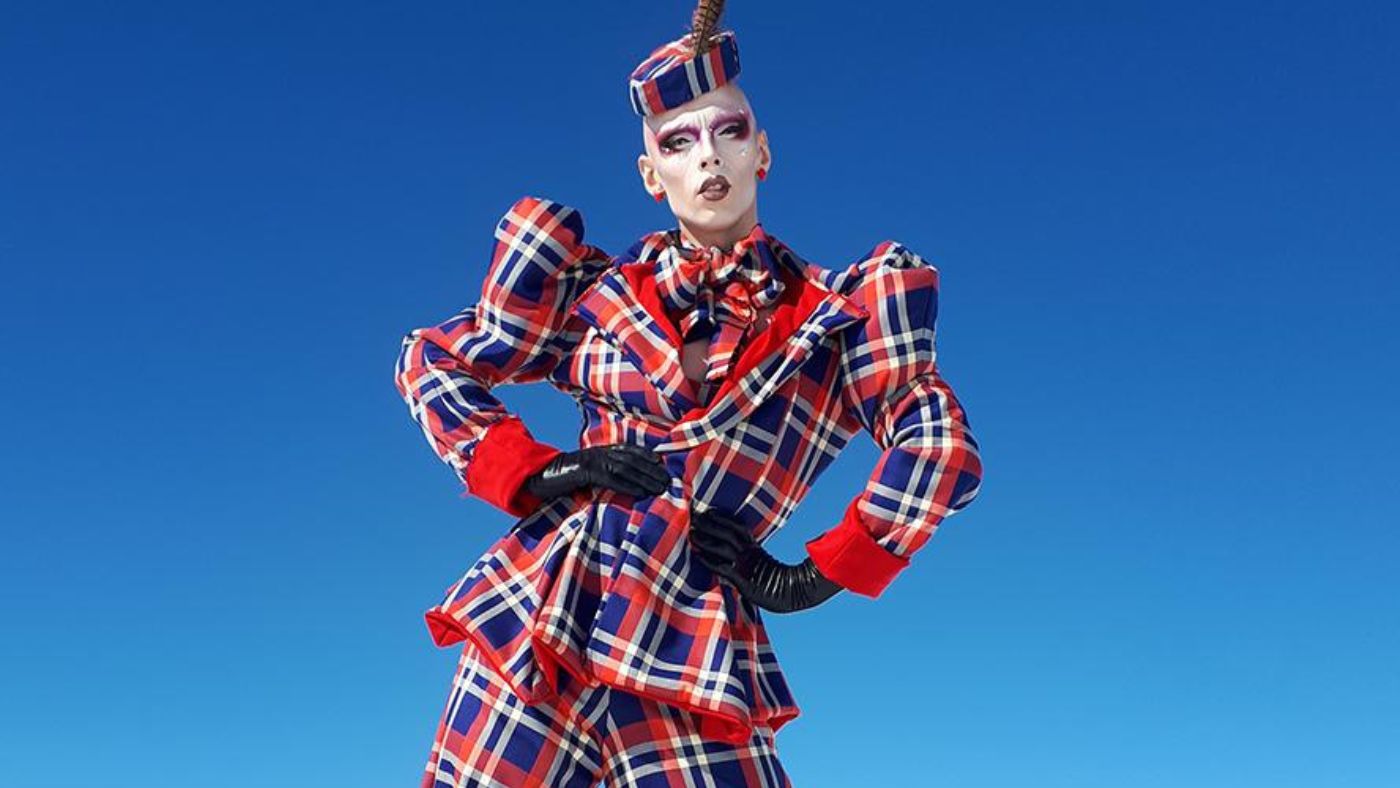
Tartan may well be “the most categorised textile on Earth”, said Cal Revely-Calder in The Daily Telegraph. There are more than 11,000 recognised varieties of this grid of “geometric patterns of coloured thread”, each one of them loaded with symbolism. Over the centuries, tartan has been “a source of pride, contempt, sedition, comfort, embarrassment and cool”. To wear it “is to enter a miasma of folklore and social rules”. Yet among the many things that this new exhibition demonstrates is that most of these rules are relatively recent inventions. This show at the V&A in Dundee brings together more than 300 objects to explore tartan’s history and significance, covering everything from Culloden to the Bay City Rollers. In its sweep, it encompasses a “dizzying” but never disorienting mix of art, design and fashion. At its heart, Tartan investigates national pride, “and why we bind ourselves to our history”. And it is “mesmerising”.
The show presents us with all sorts of tartan-covered objects, said Angus Colwell in The Spectator. We see a tartan teapot; a stuffed tartan crocodile; Jackie Stewart’s tartan Formula 1 helmet. There is even “a tartan Xbox controller”. One of the best things here is the oldest tartan discovered in Scotland, a fragment of fabric dating from between 1500 and 1655 found in a Highland peat bog. We learn the precise definition of tartan – it requires “a minimum of two colours, producing a third where they meet”. The most revealing item is the Vestiarium Scoticum: published in 1842, it purported to be a reprint of a 15th century manuscript showing which clans wore which tartan; it was actually a Victorian forgery. The weakness of this exhibition, though, is that it doesn’t really examine how the tradition of tartan was shaped and invented. It doesn’t even admit that the oldest known tartan cloth is about 2,500 years old, and was found not in Scotland but in China.
Nevertheless, there’s a lot of interesting stuff here, said Duncan Macmillan in The Scotsman. Modern tartan originated with Highlanders, who wore checked cloth, not according to any rules, but “exactly how they liked” – until Culloden, after which it was banned and so became a “symbol of rebellion”. (One of the best things here is a 1785 plaid wedding dress worn in defiance of the ban.) Highlanders in the British Army were exempted, however, and cartoons from Paris after Waterloo show that what they wore under their kilts was already “a matter of pointed curiosity for the ladies”. Later on, the story of tartan gives way to many “wacky and weird” exhibits: Marcel Duchamp’s tartan codpieces, Alexander McQueen’s “Highland Rape” fashion collection. It is rather disappointing, though, that in this show about “the definitive costume of the Gaels”, the information panels contain “not a single word of Gaelic”.
The Week
Escape your echo chamber. Get the facts behind the news, plus analysis from multiple perspectives.

Sign up for The Week's Free Newsletters
From our morning news briefing to a weekly Good News Newsletter, get the best of The Week delivered directly to your inbox.
From our morning news briefing to a weekly Good News Newsletter, get the best of The Week delivered directly to your inbox.
V&A Dundee, Riverside Esplanade, Dundee (01382-411611, vam.ac.uk/dundee). Until 14 January 2024
A free daily email with the biggest news stories of the day – and the best features from TheWeek.com
-
 Trump’s poll collapse: can he stop the slide?
Trump’s poll collapse: can he stop the slide?Talking Point President who promised to ease cost-of-living has found that US economic woes can’t be solved ‘via executive fiat’
-
 Codeword: December 7, 2025
Codeword: December 7, 2025The daily codeword puzzle from The Week
-
 Crossword: December 7, 2025
Crossword: December 7, 2025The daily crossword from The Week
-
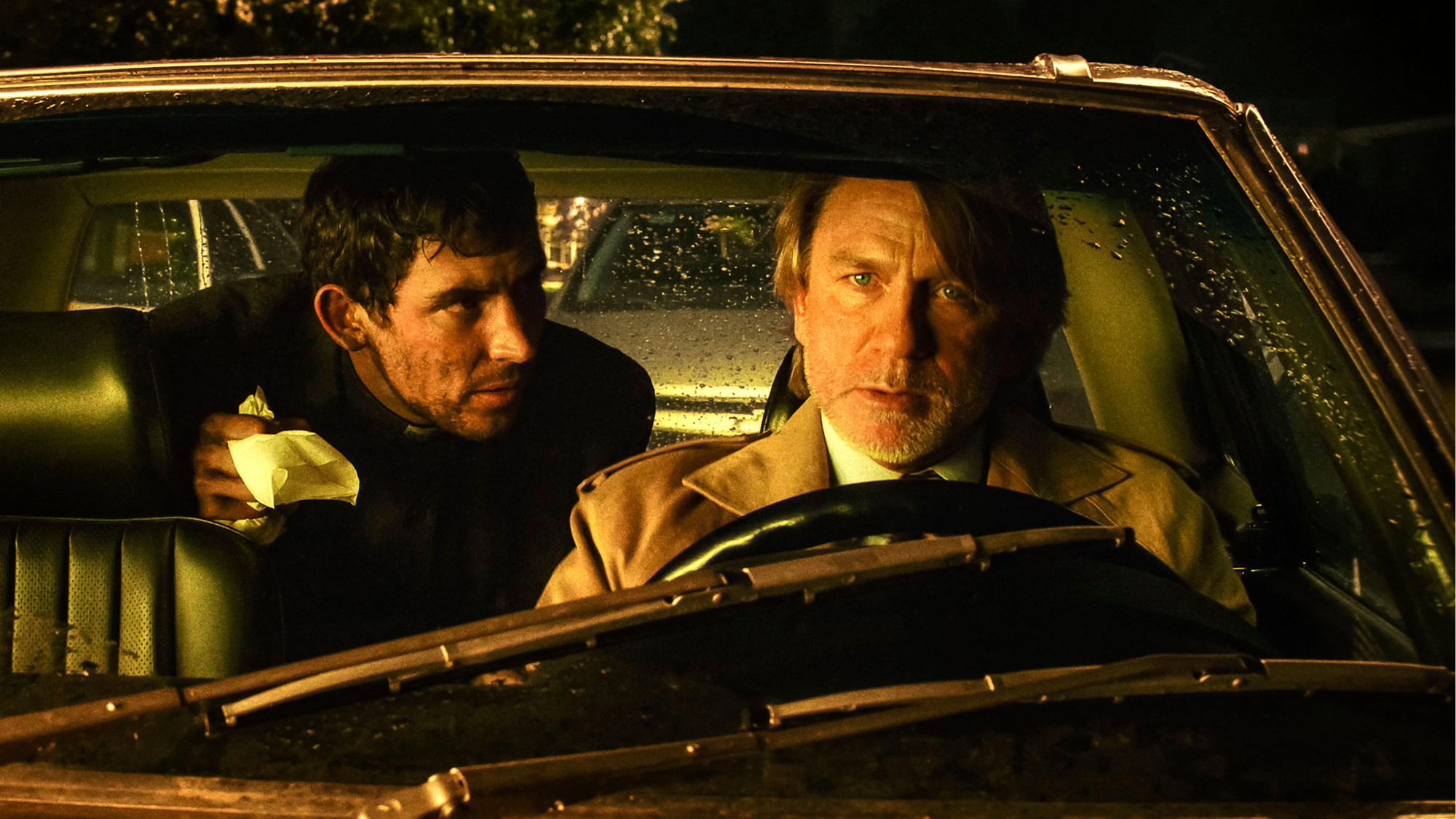 Wake Up Dead Man: ‘arch and witty’ Knives Out sequel
Wake Up Dead Man: ‘arch and witty’ Knives Out sequelThe Week Recommends Daniel Craig returns for the ‘excellent’ third instalment of the murder mystery film series
-
 Zootropolis 2: a ‘perky and amusing’ movie
Zootropolis 2: a ‘perky and amusing’ movieThe Week Recommends The talking animals return in a family-friendly sequel
-
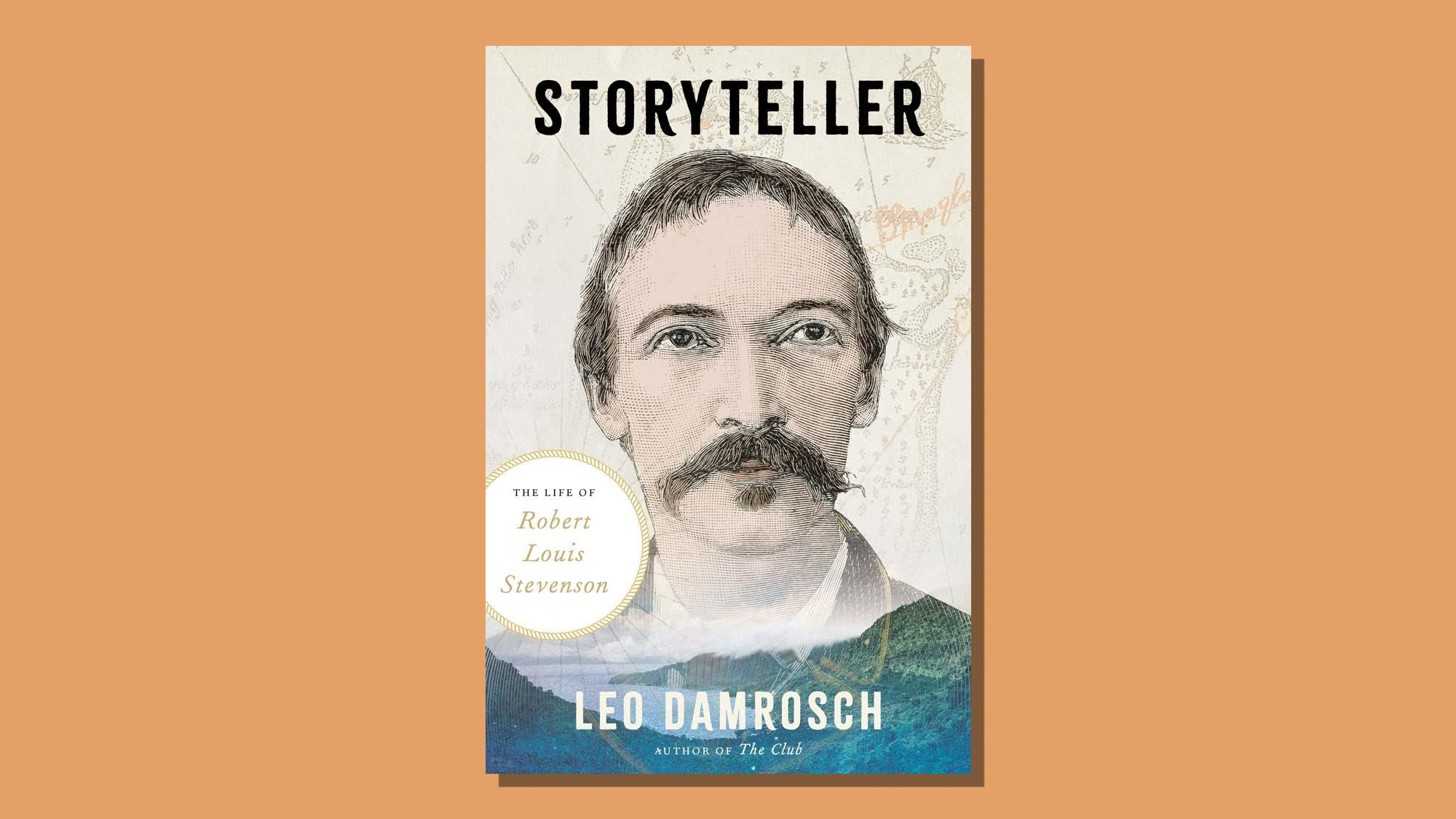 Storyteller: a ‘fitting tribute’ to Robert Louis Stevenson
Storyteller: a ‘fitting tribute’ to Robert Louis StevensonThe Week Recommends Leo Damrosch’s ‘valuable’ biography of the man behind Treasure Island
-
 The rapid-fire brilliance of Tom Stoppard
The rapid-fire brilliance of Tom StoppardIn the Spotlight The 88-year-old was a playwright of dazzling wit and complex ideas
-
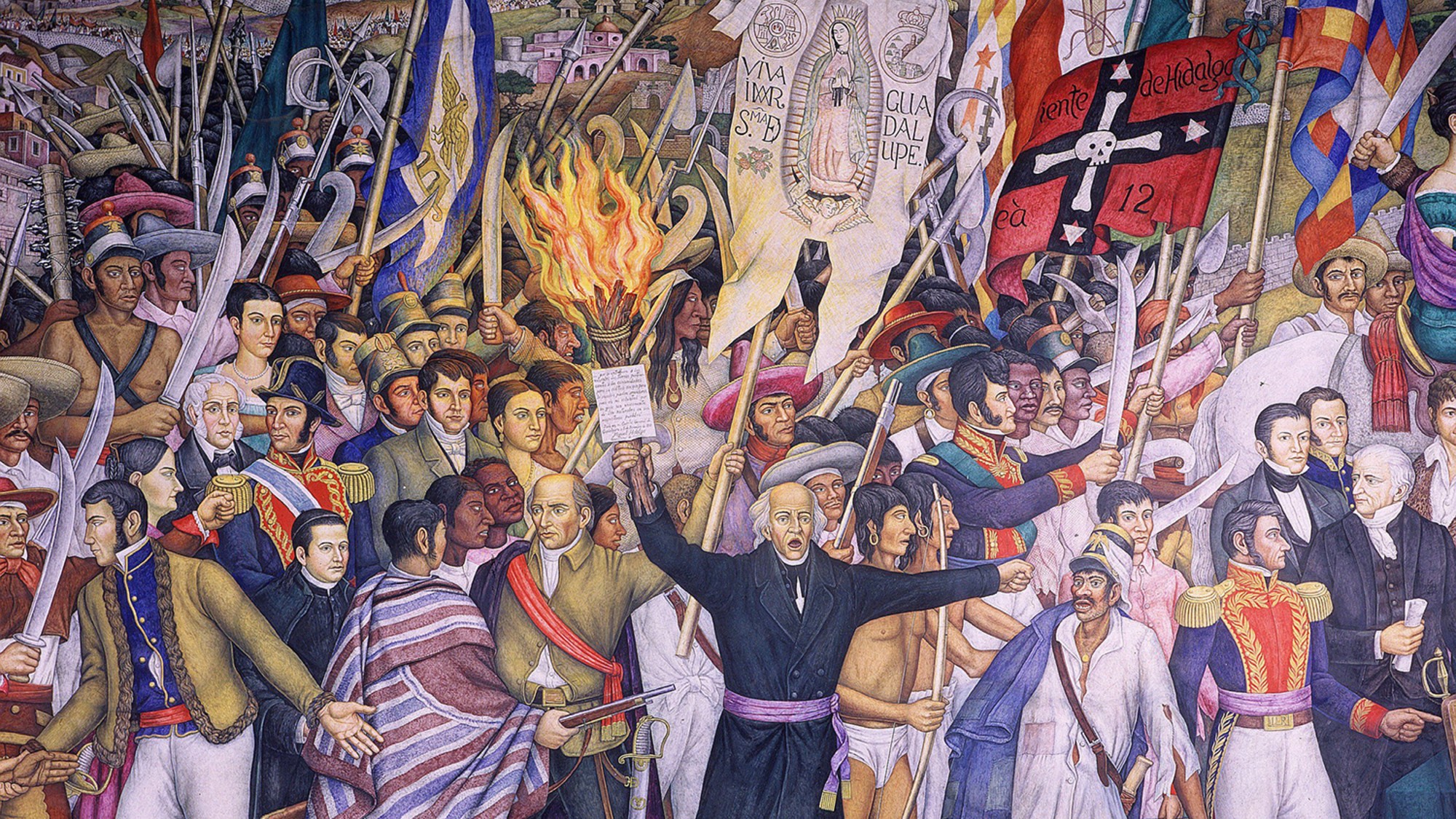 ‘Mexico: A 500-Year History’ by Paul Gillingham and ‘When Caesar Was King: How Sid Caesar Reinvented American Comedy’ by David Margolick
‘Mexico: A 500-Year History’ by Paul Gillingham and ‘When Caesar Was King: How Sid Caesar Reinvented American Comedy’ by David Margolickfeature A chronicle of Mexico’s shifts in power and how Sid Caesar shaped the early days of television
-
 Homes by renowned architects
Homes by renowned architectsFeature Featuring a Leonard Willeke Tudor Revival in Detroit and modern John Storyk design in Woodstock
-
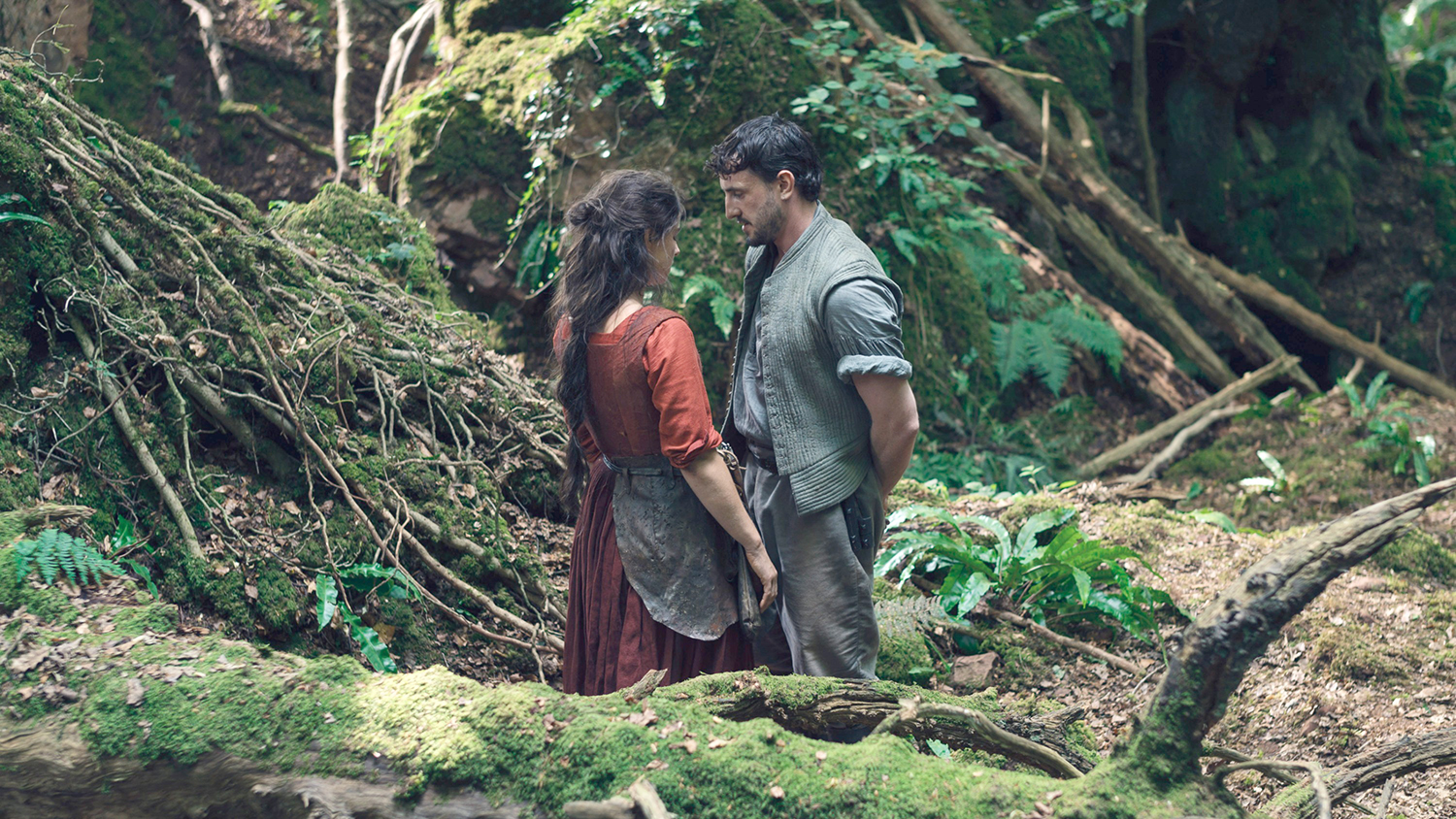 Film reviews: ‘Hamnet,’ ‘Wake Up Dead Man’ and ‘Eternity’
Film reviews: ‘Hamnet,’ ‘Wake Up Dead Man’ and ‘Eternity’Feature Grief inspires Shakespeare’s greatest play, a flamboyant sleuth heads to church and a long-married couple faces a postmortem quandary
-
 We Did OK, Kid: Anthony Hopkins’ candid memoir is a ‘page-turner’
We Did OK, Kid: Anthony Hopkins’ candid memoir is a ‘page-turner’The Week Recommends The 87-year-old recounts his journey from ‘hopeless’ student to Oscar-winning actor